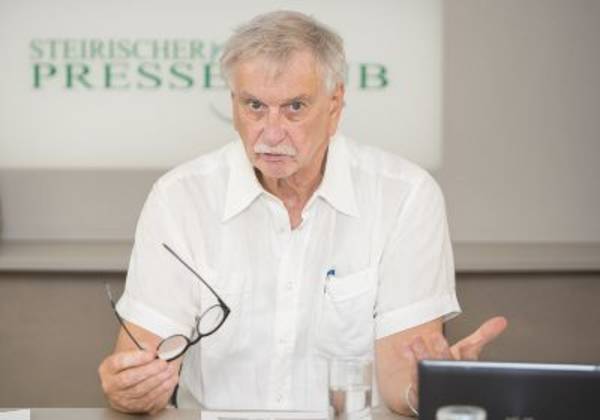Photo: City of Graz / Fischer
–
–
25 Jun
20:00
2021
by Editorial Office International
Print This Article
–
–
The Zurich planner sees fundamental parallels with his hometown. In Zurich, the tram lines were brought to the periphery and the S-Bahn system was massively expanded, including two city tunnels: from 1990 to today, the number of passengers has tripled and the proportion of vehicles in the city (including accompanying measures) has increased to 40 reduce to 25%.
4 S-Bahn plan cases Plan case D, large city clasp © Stadt Graz / Verkehrsplanung
Every second car that is on the road in Graz crosses the city limits. Therefore, in order to expand the tram – and to supplement the bus network – the S-Bahn must be further developed as an already existing but still really well developed connection to the surrounding area. This will be done for several in a potential analysis by autumn Plan cases are carried out by Hüsler. It looks at the effect of increased cycle times, additional new stops, but also a new, tunnel-designed clasp through the city (east station – center – main station) or the 11 km long premium variant (loop between east and main station via the university, LKH , WKO). In addition to the cost-benefit assessment, the CO2 balances are also assessed and a comparison is made with the mini-metro, so if you opted for the S-Bahn city tunnel, which would create an additional inner-city shooting plus a direct connection to the region, the Mini-Metro would probably replace it was not explicitly stated. However, there was talk of “considerable development gaps” in the subway concept: According to the MUM feasibility study, 43% of Graz residents will find a metro station within a distance of up to 600 meters, while the expansion of the tram network will have 190,000 residents: inside and outside 130,000 employees have a tram stop within a maximum of 300 meters. To do this, you have to know that the length of the way to the stop is decisive for the use of public transport and that the attractiveness and willingness to use over 300 m decreases sharply.
On the subject of the underground study, Hüsler otherwise expressed himself diplomatically: “We do not have the best solution, we are looking for it.” And: “We will now evaluate all plans, the decision rests with the politicians.”
Accordingly, the work report was also discussed in the expert group “Innovative mobility solution for Graz”, the results will then also be incorporated, said the head of the transport planning department, Wolfgang Feigl.
Source: City of Graz
–


